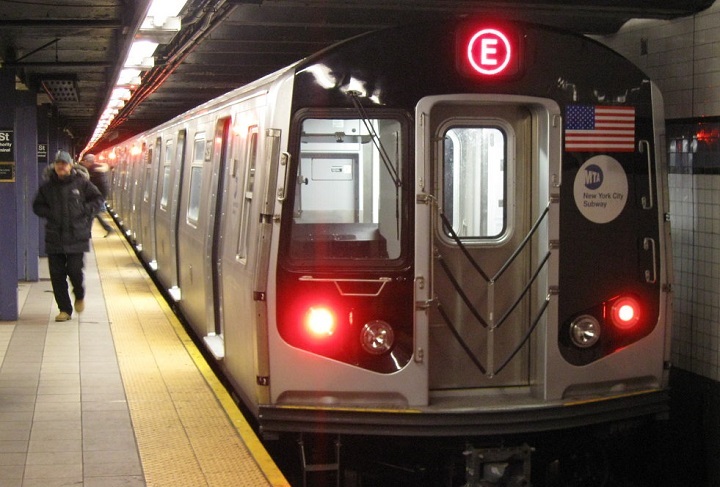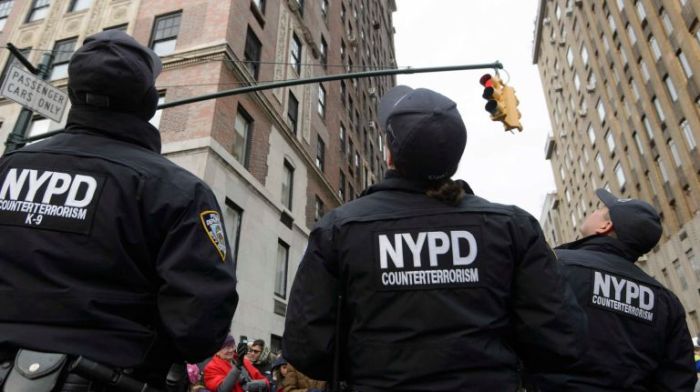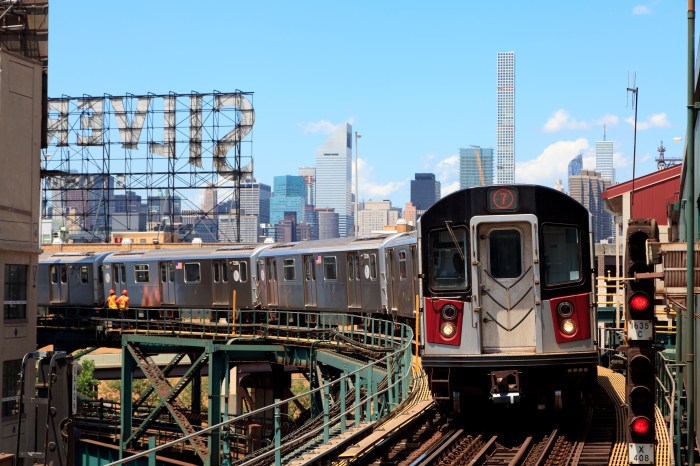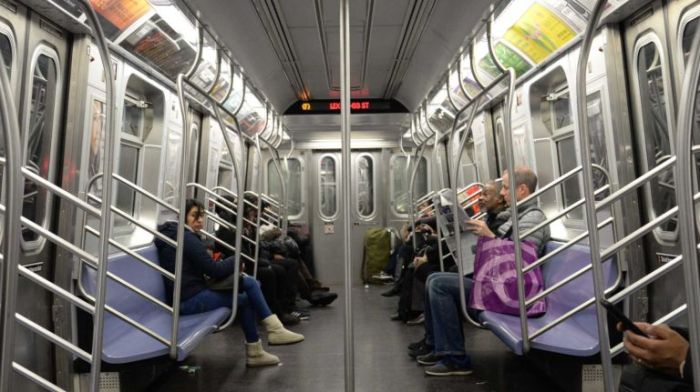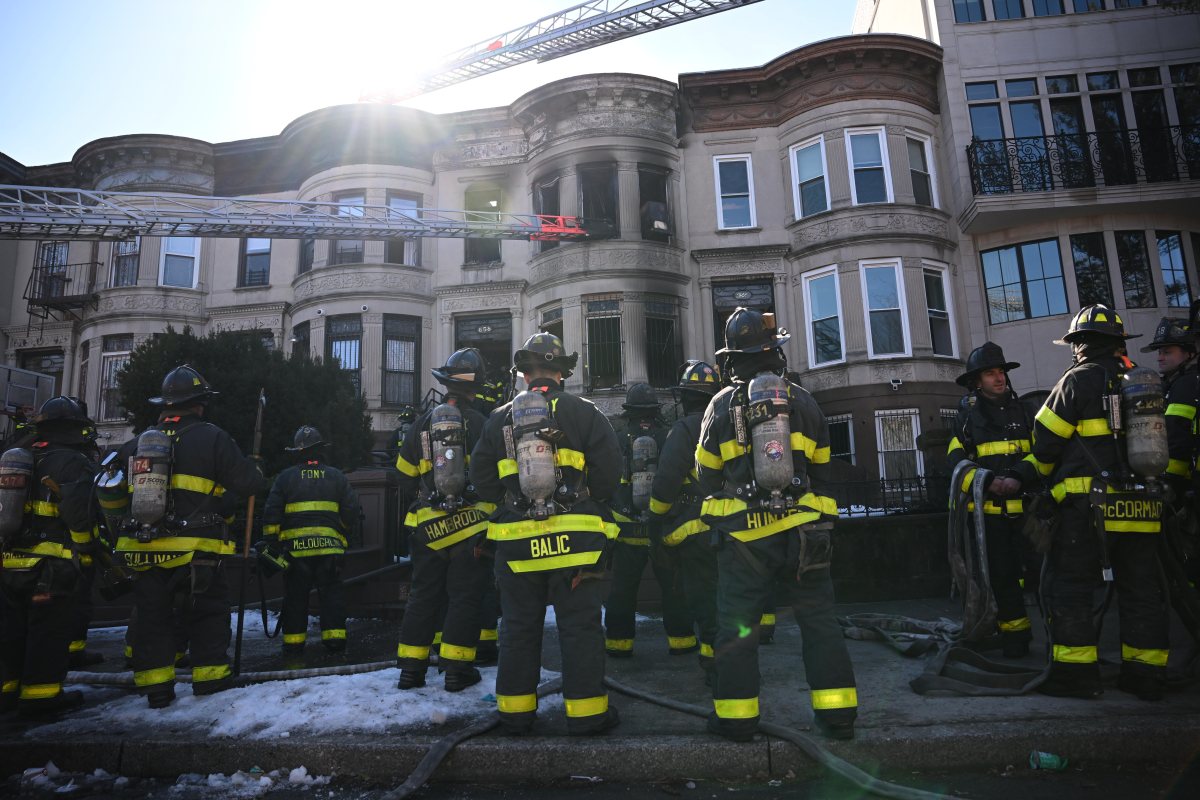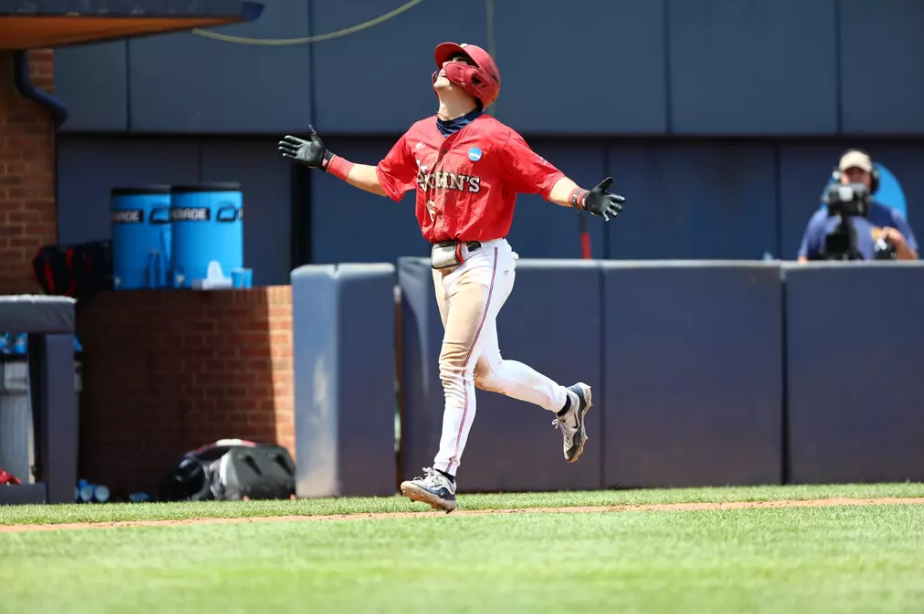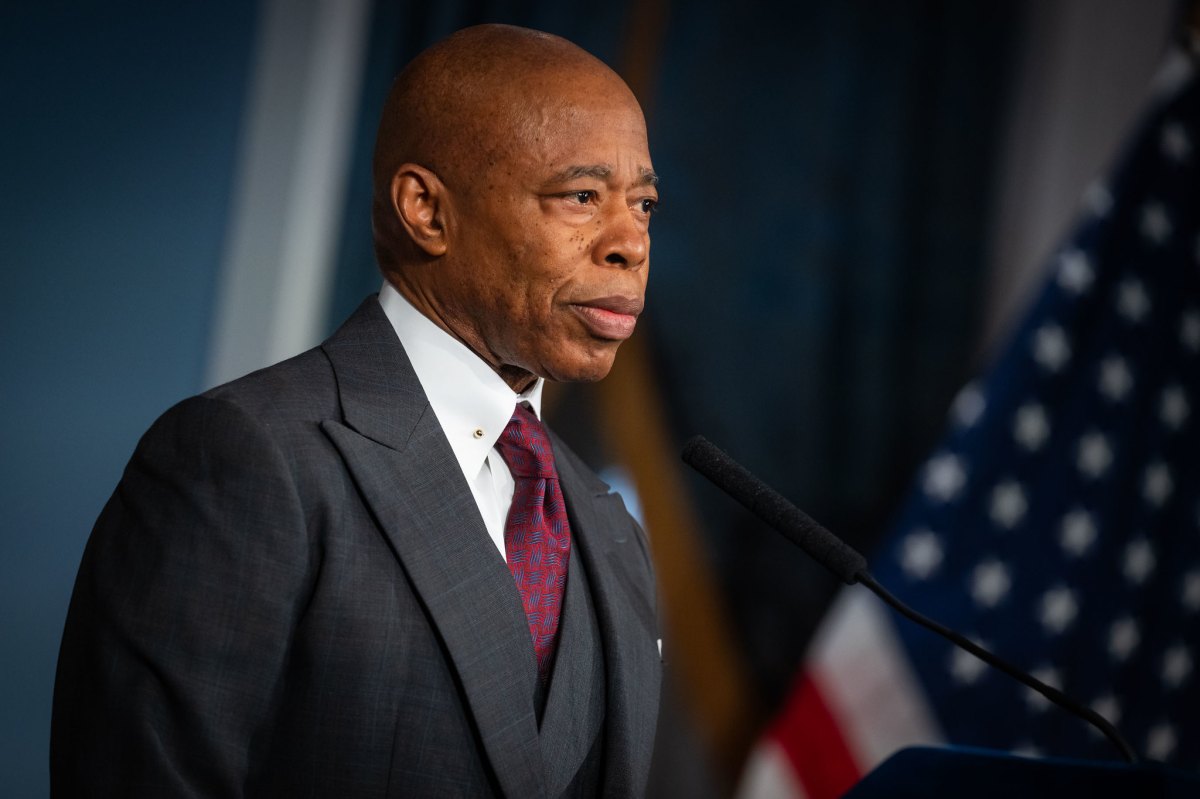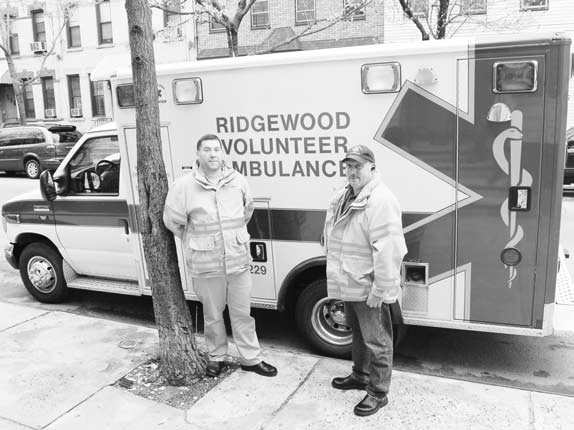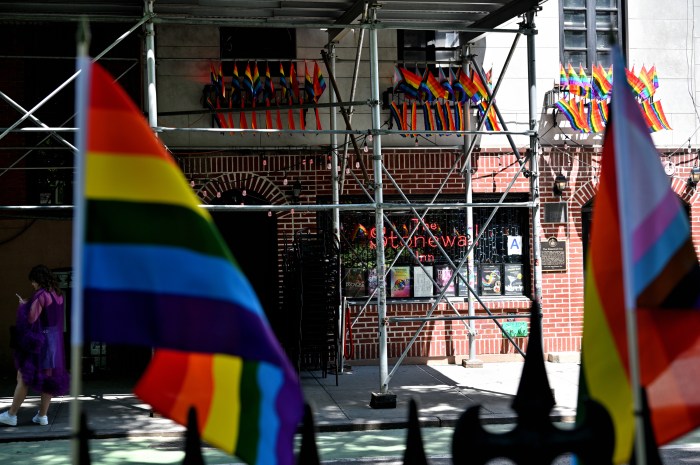A sudden power outage caused MTA to suspend service on multiple subway lines in Queens Monday afternoon and forced riders to seek complex alternative ways to get in and out of the borough during the evening rush hour.
The subway’s signaling system lost power near Forest Hills-71 Av around 1:45 p.m. on July 26 and the Metropolitan Transportation Authority had to halt E, F, M, and R trains in both directions in Queens.
E/F/M/R trains are delayed in both directions because of a signal problem near Forest Hills-71 Av.
— NYCT Subway. Wear a Mask. (@NYCTSubway) July 26, 2021
Workers restored power at 3:50 p.m., according to MTA spokesman Aaron Donovan, but the system is still dealing with delays from the stoppage.
Service was still cut short at 4:12 p.m., according to New York City Transit’s Twitter account, which offered a laundry list of alternatives straphangers can take.
🚨 E/F/M/R service is suspended in Queens in both directions because of a loss of power to our signaling system near Forest Hills-71 Av. 🚨
Here’s what service is available on those lines, and what to do instead: pic.twitter.com/OQF3j9derX
— NYCT Subway. Wear a Mask. (@NYCTSubway) July 26, 2021
For service from Manhattan into Queens, the MTA recommends taking 7/N trains and transfering at 42 St-Port Authority Bus Terminal/Times Sq-42 St (E N R 7), 42 St-Bryant Pk (F 7), Court Sq-23 St (E 7) or Jackson Hts-Roosevelt Av (E F R 7). For Queens Plaza, take the 7/N to Queensboro Plaza, and for 36 St, take the N to 39 Av-Dutch Kills.
For service to Steinway St and 46 St, the MTA says to take N trains to 36 Av (transfer to Q66 buses on 35th Ave) or Broadway (transfer to Q104 buses on Broadway). For service to Northern Boulevard, take N trains to 36 Av and transfer to Q66 buses on 35th Ave. For service to 65 St, t is recommended to take 7 trains to 69 St. and for service between Grand Av-Newtown and Briarwood, take Q60 buses on Queens Blvd.
MTA is still investigating the cause of the power disruption, according to Donovan.
The Queens Boulevard Line — which runs the four affected train routes — is no stranger to signal problems, accounting for almost half of all signal incidents in June and its trains logging some of the lowest performance metrics in the entire subway system.
The agency at the time chalked it up to “growing pains” stemming from the ongoing upgrades to install the automated signaling system known as Communications-based Train Control (CBTC) on the line, which in the future will help them run more trains closer together and improve service.
Updated at 5 p.m. on July 26.



